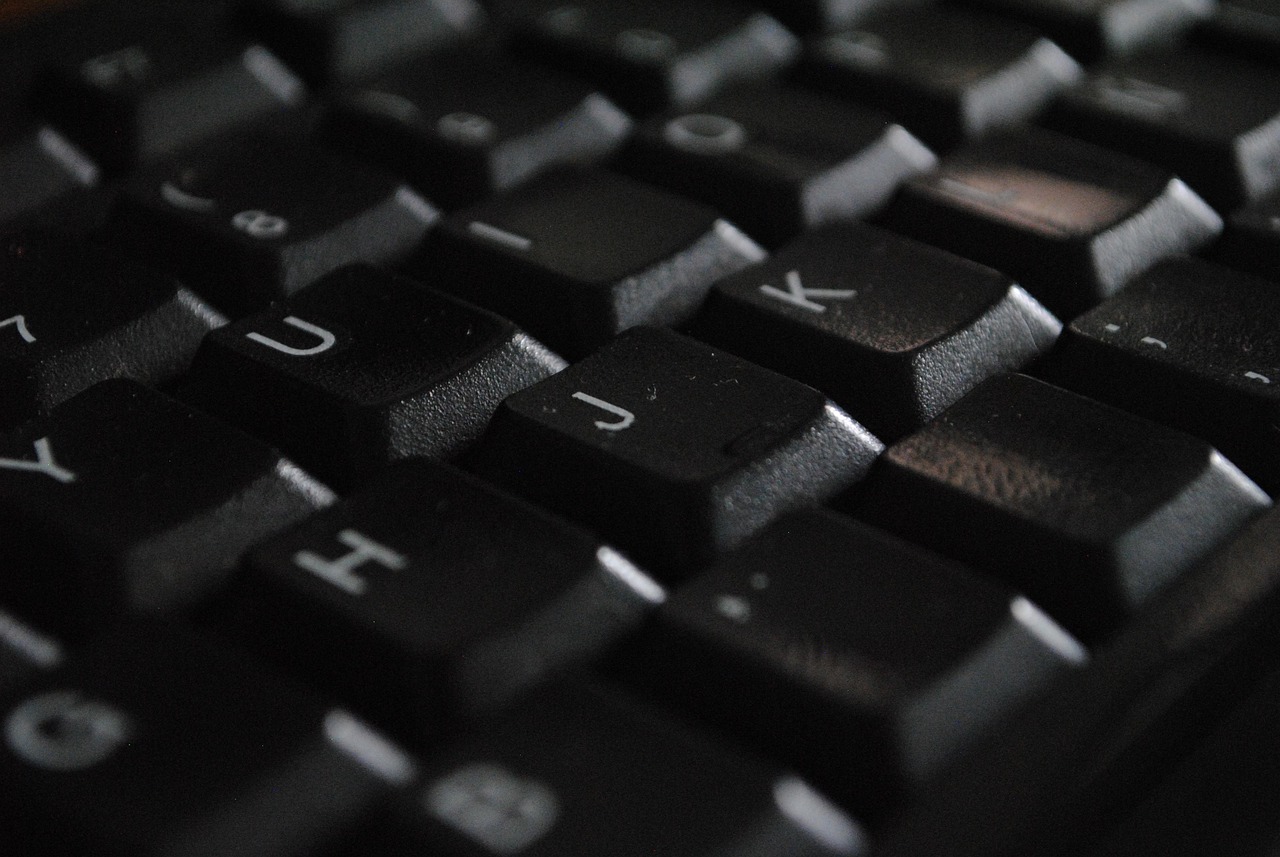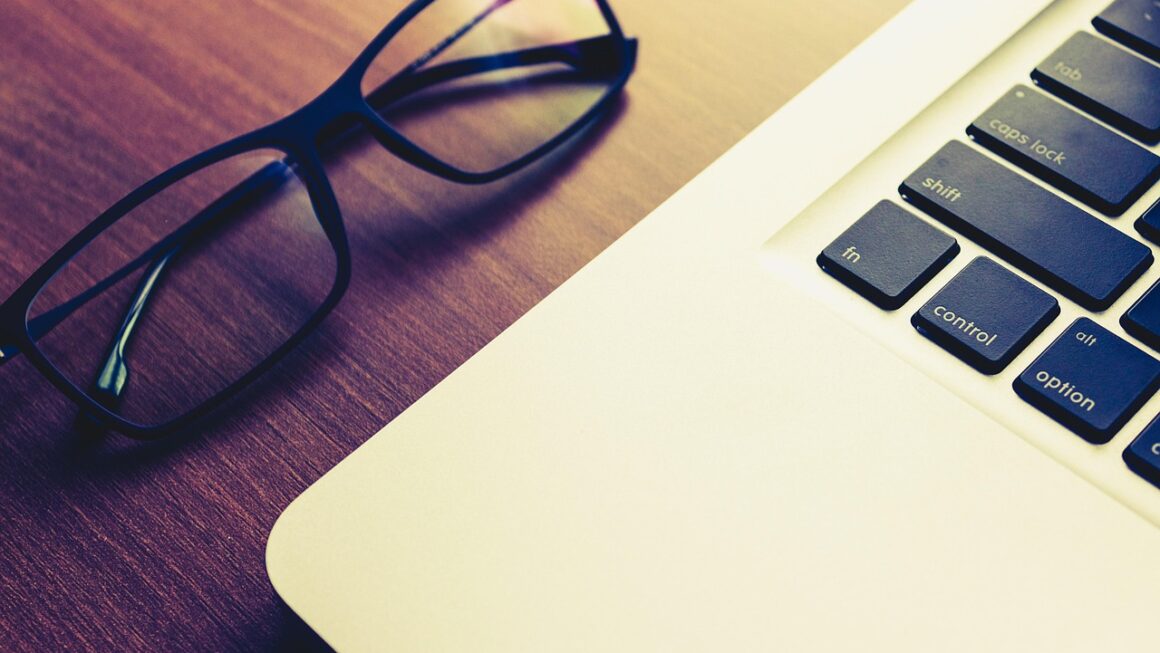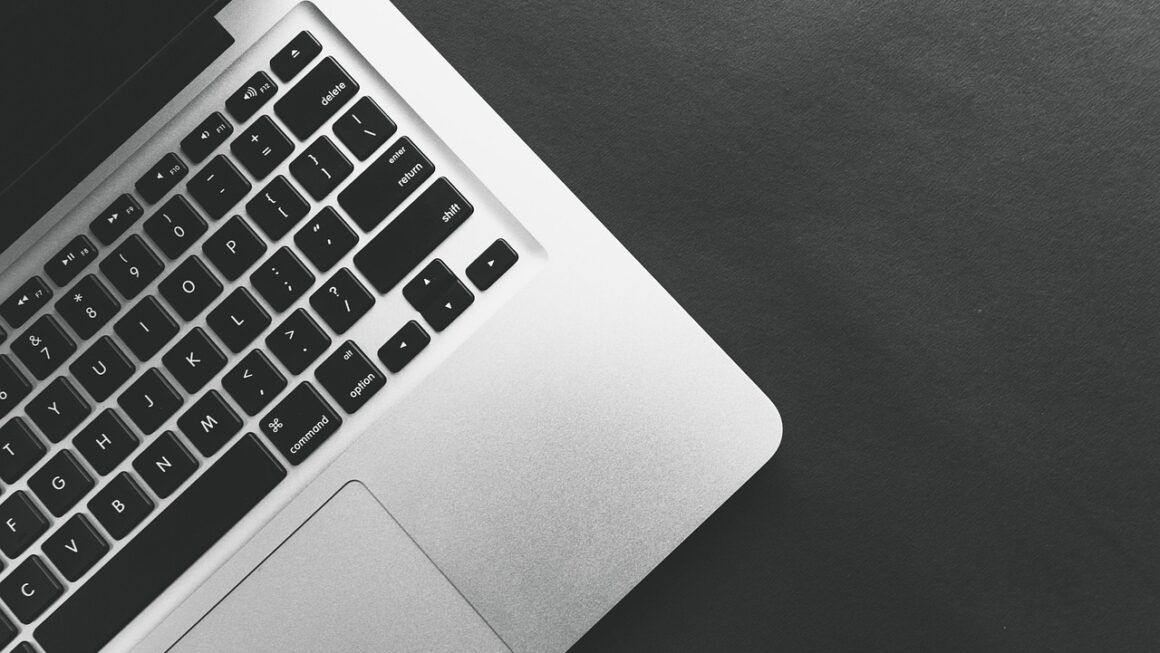Imagine turning a simple text prompt into a stunning visual masterpiece in seconds. That’s the power of AI image tools, a rapidly evolving technology transforming creative fields and making visual content creation accessible to everyone. From generating photorealistic images to crafting fantastical artwork, AI image generators are changing how we think about design, marketing, and artistic expression. This blog post will explore the capabilities, benefits, and potential of AI image tools, providing a comprehensive overview for both beginners and seasoned professionals.
What are AI Image Tools?
AI image tools, also known as AI image generators, are software applications that leverage artificial intelligence algorithms to create images from text descriptions, other images, or a combination of both. These tools use sophisticated machine learning models, often based on diffusion or generative adversarial networks (GANs), to understand and interpret the input and generate corresponding visuals.
How They Work
At their core, AI image tools are trained on massive datasets of images and their associated text descriptions. This training allows the AI to learn the relationships between words and visuals, enabling it to generate new images based on novel prompts.
- Text-to-Image: Users input a text prompt, describing the desired image in detail. The AI analyzes the prompt and generates an image that aligns with the description.
Example: A prompt like “a cat wearing a crown, sitting on a throne” will produce an image depicting exactly that.
- Image-to-Image: Users upload an existing image as a starting point and then provide a text prompt to modify or transform the image.
Example: Upload a photo of a building and use the prompt “turn into a futuristic skyscraper” to alter the image.
- Inpainting: This feature allows users to select a specific area within an image and replace it using a text prompt.
Example: Select the sky in a landscape photo and prompt “add a rainbow” to generate a rainbow in the sky.
Key Technologies Behind AI Image Generation
Understanding the technology behind these tools can help you appreciate their capabilities.
- Diffusion Models: These models work by gradually adding noise to an image until it becomes pure noise. Then, they learn to reverse this process, starting from noise and gradually refining it into a coherent image based on the input prompt.
- Generative Adversarial Networks (GANs): GANs consist of two neural networks, a generator and a discriminator. The generator creates images, and the discriminator evaluates their authenticity. This adversarial process drives the generator to produce increasingly realistic images.
- Transformers: Often used in text understanding, transformers help the AI interpret complex and nuanced text prompts with greater accuracy.
Benefits of Using AI Image Tools
AI image tools offer numerous advantages, making them a valuable asset for various applications.
Increased Efficiency and Speed
- Rapid Prototyping: Generate multiple design concepts quickly, allowing for faster iteration and refinement.
- Automated Content Creation: Create large volumes of visual content with minimal manual effort.
- Reduced Production Time: Significantly shorten the time required to produce high-quality visuals.
Statistic: A recent study showed that AI image tools can reduce content creation time by up to 70%.
Enhanced Creativity and Innovation
- Exploration of New Ideas: Generate visuals that would be difficult or impossible to create using traditional methods.
- Overcoming Creative Blocks: Use AI to spark new ideas and overcome creative limitations.
- Unique and Original Content: Create visuals that stand out from the crowd.
Cost-Effectiveness
- Reduced Reliance on Professional Designers: Reduce the need for expensive graphic designers and illustrators, especially for simpler tasks.
- Lower Production Costs: Decrease the overall cost of visual content creation.
- Accessibility for Small Businesses: Enable small businesses with limited budgets to create professional-quality visuals.
Popular AI Image Tools
Several AI image tools are available, each with its unique strengths and features.
Midjourney
- Description: Known for its artistic and surreal image generation capabilities.
- Strengths: Excellent for creating visually stunning and unique artwork.
- Example Use Case: Generating concept art for video games or movies.
DALL-E 2
- Description: Developed by OpenAI, DALL-E 2 is renowned for its ability to generate highly realistic and detailed images from text prompts.
- Strengths: High-quality image generation, realistic results, inpainting capabilities.
- Example Use Case: Creating product mockups or generating marketing materials.
Stable Diffusion
- Description: An open-source AI image generator that offers a high degree of customization and control.
- Strengths: Open-source, customizable, and versatile.
- Example Use Case: Fine-tuning the model for specific artistic styles or applications.
Other Notable Tools
- Craiyon (formerly DALL-E mini): A free and accessible tool for quick and playful image generation.
- NightCafe Creator: Offers various AI art generation methods, including neural style transfer and text-to-image.
Practical Applications of AI Image Tools
AI image tools are being used across a wide range of industries and applications.
Marketing and Advertising
- Generating Ad Creatives: Create eye-catching and engaging visuals for online and offline advertising campaigns.
- Social Media Content: Produce unique and shareable content for social media platforms.
- Product Visualization: Generate realistic product mockups and visualizations for e-commerce websites.
Art and Design
- Concept Art: Create concept art for video games, movies, and other creative projects.
- Illustration: Generate illustrations for books, magazines, and websites.
- Digital Art: Produce original digital artwork for personal or commercial use.
E-commerce
- Product Photography: Generate product images for online stores, especially for products that don’t yet exist or are difficult to photograph.
- Lifestyle Images: Create lifestyle images that showcase products in realistic settings.
- Enhanced Product Descriptions: Visually enhance product descriptions with relevant and engaging images.
Real Estate
- Virtual Staging: Virtually stage properties to make them more appealing to potential buyers.
- Architectural Visualization: Generate realistic visualizations of architectural designs.
- Property Mockups: Create mockups of potential renovations or additions to existing properties.
Best Practices for Using AI Image Tools
To get the most out of AI image tools, it’s important to follow some best practices.
Crafting Effective Prompts
- Be Specific: Provide detailed and specific descriptions of the desired image.
- Use Keywords: Include relevant keywords that accurately describe the subject, style, and composition of the image.
- Experiment: Try different prompts and variations to see what works best.
Fine-Tuning and Refining
- Iterate: Generate multiple variations of an image and refine them based on your preferences.
- Use Inpainting: Use inpainting features to make localized edits to specific areas of the image.
- Post-Processing: Use photo editing software to further enhance and refine the generated images.
Ethical Considerations
- Copyright and Ownership: Understand the copyright implications of using AI-generated images.
- Bias: Be aware of potential biases in the AI model and take steps to mitigate them.
- Transparency: Disclose when images have been generated using AI, especially in commercial contexts.
Conclusion
AI image tools are revolutionizing the way we create and consume visual content. By understanding their capabilities, benefits, and best practices, you can harness the power of AI to enhance your creativity, improve your efficiency, and achieve your visual goals. As the technology continues to evolve, AI image tools will undoubtedly play an increasingly important role in various industries, empowering individuals and businesses to create stunning visuals with unprecedented ease and speed. Embrace the future of visual content creation and explore the endless possibilities of AI image generation.




